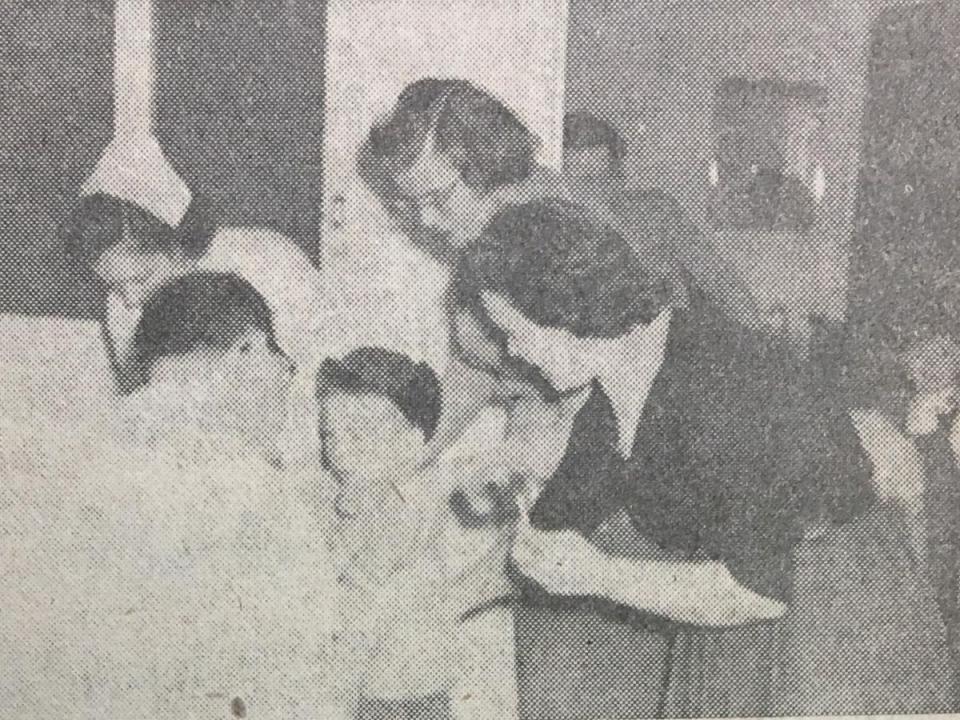History, Healthcare in 1950s Louisa County
Interviewees’ memories of health and healthcare were typically divided into two categories: home remedies and institutional medicine. Many interviewees’ recalled using home remedies to solve basic health concerns such as the cold, flu, cuts, and rashes. For example, Blucher Reidelbach said his family used iodine, honey, and whiskey to treat a variety of illnesses. Moreover, he remembered that “when one of the kids cut themselves, his dad would rub cow manure on it to cure it, which worked.” He also recalled his mother using vinegar and tobacco to treat bee stings. Other interviewees talked about putting vapor rub on bandanas to soothe chest colds or drinking concoctions their mothers mixed together to cure stomach aches and sore throats. Because it could be difficult and costly to see a doctor, and because family farms provided access to many of the necessary ingredients for these treatments, many Louisa County residents addressed these common illnesses with these homemade remedies.
For more serious conditions, Louisa County residents typically traveled outside the county for medical care. While most women recalled giving birth in the Louisa hospital, interviewees said they typically went to either Richmond or Charlottesville for major procedures and operations. For example, when Jane Wootton got appendicitis, she went to the Medical College of Virginia (MCV, now VCU Medical Center). John Bailey similarly went to MCV to have his tonsils removed. Both Richmond and Charlottesville had better facilities, more resources, and more doctors to handle these urgent cases.
Some interviewees recalled racial segregation within these bigger hospitals. In particular, Elizabeth Quarles, an African American interviewee, said that MCV was a segregated hospital that only treated white patients. She and her family members were forced to go to St. Phillips instead. MCV established the St. Philip School of Nursing in conjunction with the newly built 176-bed St. Philip Hospital, which treated the local black community. The new school was created “to enable Negro women with proper educational qualifications to prepare themselves for a profession for which they have shown themselves to be adapted, and to enable them to become actively engaged in healing and preventing disease among their own race.” Quarles said the facilities at St. Phillips were not nearly as good as those at MCV and that her family had to enter the hospital from a side street instead of going through the main MCV entrance.
Finally, of particular concern to Louisa County residents in the 1950s was polio. In 1952, polio cases peaked in the U.S. Out of 57,879 reported cases, 21,269 were paralytic. The Louisa County newspaper even featured advice on preventing and coping with polio. Most of our oral history interviewees knew of someone who either had polio or died from it. Interviewee Jane Wootton recalled that her grandfather, a doctor, was so concerned that she not be exposed to polio, that her mother would “draw my feet and go to town to buy my shoes” so that Jane would not have to travel with her. An effective polio vaccine was developed in 1952. By the mid-1950s, it was being administered in Louisa County.

